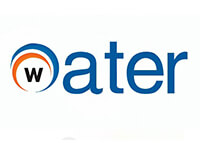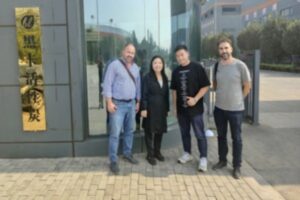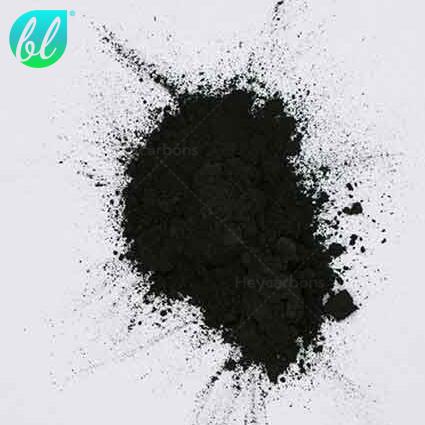
Activated Carbon For Fruit Juice
Table of Contents
- Effects of Activated Carbon For Fruit Juice
- Juice Types That Can Be Decolorized Using Activated Carbon
- Activated Carbon Treatment-Two Aspects
- What is the use of activated carbon in water?-Pure Water Dechlorination
- Juice Treatment Process (Double Activated Carbon Method)
- Heycarbons Best Activated carbon for Fruit Juice Decolorization
- Activated Carbon for Fruit Juice Customer Cases
- Activated Carbon for Apple Juice
- Activated Carbon for Apple Juice Process
Effects of Activated Carbon For Fruit Juice
Water purification and treatment
Juice production is highly dependent on water quality. Water may contain heavy metals, residual chlorine, organic pollutants and other ingredients, which will directly affect the quality and safety of juice.
Using activated carbon for water treatment can effectively remove harmful substances in water and ensure the purity and consistency of water sources. It is one of the basic steps in juice processing.
Pigment removal
Juice may contain natural pigments (such as carotenoids, anthocyanins, see the next section for details) or color components introduced by processing, which may cause the juice to be turbid, affecting transparency and visual appeal.
Activated carbon, with its strong adsorption capacity and porous structure, can effectively remove a variety of pigments in juice, making the juice clearer and brighter, and improving the appearance of the product.

Odor removal
During the processing and storage of juice, bad odors may be produced due to poor raw material quality, process contamination or oxidation reactions, affecting the flavor of the drink.
Activated carbon can absorb these volatile odor substances, purify the juice, retain the natural fruity aroma, and enhance the overall taste experience.
Other pollutants
Juice may contain harmful oxides, pesticide residues and heavy metal elements (such as lead, cadmium, arsenic, etc.) caused by environmental pollution or agricultural residues.
The adsorption of activated carbon can effectively remove these pollutants and reduce the damage of oxidation reaction to the nutrition and flavor of juice, thereby improving the purity and nutrition retention rate of juice.
Filter impurities and enhance transparency
In the process of fruit juice production, activated carbon can also be used as a filtering medium to effectively remove suspended matter, sedimentation and tiny particulate matter, thereby improving the clarity and quality of the juice.
Extend shelf life and reduce the use of additives
Activated carbon has certain antioxidant and antibacterial effects, and can absorb oxygen and some bacteria in beverages, thereby slowing down the growth of microorganisms. This not only extends the shelf life of juice, but also reduces dependence on preservatives, better meeting the needs of modern consumers for natural, healthy, and low-additive beverages.
You will get a quote in 24 hours
You will get a quote in 24 hours
Juice Types That Can Be Decolorized Using Activated Carbon
1. Applicable juice types
- Light-colored juice: such as apple juice, pear juice, grape juice (white grape juice), lemon juice, etc. These juices are light in color, but may produce undesirable colors due to oxidation or processing.
- Pretreatment of dark juice: such as orange juice, pineapple juice, etc., used to adjust the color or remove the dullness caused by browning (such as non-enzymatic browning or enzymatic browning).
- Clarifying juice: In the clarification process, activated carbon is often used in combination with diatomaceous earth, gelatin, etc. to remove pigments while improving transparency.
2. Main ingredients to be removed
-Natural pigments: such as anthocyanins (berry juice), carotenoids (carrot juice), chlorophyll (green fruit and vegetable juice), etc.
-Brown products
- Enzymatic browning: quinone polymers produced by the action of polyphenol oxidase (such as browning in apple juice and banana juice processing).
- Non-enzymatic browning: dark substances produced by Maillard reaction (reaction of sugar and amino acids) or caramelization reaction.
-Phenolic compounds: tannins, polyphenols, etc., which may cause bitterness and deepen the color (such as grape juice, tea drinks).
-Impurities: impurity pigments introduced during processing or adsorbed odors (such as odors produced by storage or heating).
3. Notes
- Flavor retention: Activated carbon may adsorb some aromatic compounds, so the dosage should be controlled to avoid flavor loss.
- Subsequent treatment: After decolorization, the carbon residue should be filtered or centrifuged to avoid affecting the taste.
4. Typical application cases
- Apple juice: Remove the dark yellow color caused by browning and improve light transmittance.
- White grape juice: Reduce tannin and anthocyanin residues to achieve a clear appearance.
- Sugarcane juice: Remove pigments such as melanoidins before sugar production.
In short, activated carbon decolorization is mainly used to improve the sensory quality of juice, especially for color problems caused by oxidation or thermal processing, but it is necessary to balance the decolorization effect and flavor retention.
You will get a quote in 24 hours
You will get a quote in 24 hours
Activated Carbon Treatment-Two Aspects
There are two application scenarios for activated carbon. One is to dechlorinate pure water, and the other is to use activated carbon to decolorize, purify and adjust the flavor of juice.
- Pure water dechlorination can use 8*30mesh or 10*20mesh nut shell activated carbon.
- Juice processing can use both nut shell activated carbon and wood powdered activated carbon, or use one of them selectively.
Next, we will introduce the pure water dechlorination process and juice treatment process respectively.

What is the use of activated carbon in water?-Pure Water Dechlorination
Principle overview
Activated carbon removes free chlorine and some organic chlorides in water through a dual mechanism of physical adsorption and chemical reduction reaction:
- Physical adsorption: porous structure adsorbs chlorine molecules Cl₂, HOCl, etc.;
- Chemical reduction: Cl2+C∗→2Cl−+CO2
It can also remove some organic matter, odor, color, and trihalomethane precursors (THM precursors).
Process
Raw water (tap water) → Multi-media filtration (quartz sand) → Activated carbon filter (chlorine removal) → Precision filtration (to prevent carbon powder from entering the subsequent system) → RO reverse osmosis → Pure water tank
Is activated carbon safe for drinking water?
It is safe. For drinking water treatment, Heycarbons recommends the use of food grade activated carbon, which is harmless to human health.
You will get a quote in 24 hours
You will get a quote in 24 hours
Juice Treatment Process (Double Activated Carbon Method)
1. Juice pretreatment
The fruits are washed, crushed and squeezed to obtain coarsely filtered juice.
2. Preheating and temperature control
- Heat the juice to 45°C~55°C (helps to enhance adsorption efficiency).
- Too high a temperature will destroy the pore structure of the activated carbon, while too low a temperature will reduce the adsorption rate.
3. First step of decolorization: add activated carbon from fruit shells
- Add 0.1%-0.2% (100-200 g/100L) of activated carbon from fruit shells;
- Stir evenly and keep stirring for 10-15 minutes;
- Let stand for 5-10 minutes to fully absorb small molecular odors, tannins and other substances.
4. Coarse filtration
- Use a plate and frame filter press or vacuum filter to filter out the shell carbon;
- Obtain preliminary clarified juice.
5. Second step of decolorization: add wood powdered activated carbon
- Add 0.05%-0.15% (50-150 g/100L) of wood activated carbon to the primary filtered juice;
- Stir evenly and continue stirring for 10-20 minutes;
- Let stand for 5 minutes to promote adsorption and sedimentation.
6. Fine filtration
- Use diatomaceous earth filtration, plate and frame filter or ultrafiltration equipment;
- Remove wood charcoal and impurities to obtain clarified and decolorized juice.
7. Post-processing system
Equipment recommendations:
- Tubular pasteurizer (HTST, 85-90℃, 15-30 seconds);
- Finished product storage tank (sanitary stainless steel, with stirring + insulation + CIP);
- Automatic filling line (cold filling or hot filling);
- Sealing after filling.
You will get a quote in 24 hours
You will get a quote in 24 hours
Heycarbons Best Activated carbon for Fruit Juice Decolorization
What is activated carbon in the beverage industry?
Choosing the right activated carbon for juice decolorization requires considering parameters such as pore size distribution, specific surface area and adsorption capacity. Heycarbons can provide highly efficient activated carbon products for juice production.
| Project | Wood Powdered activated carbon |
|---|---|
| Mesh | 200mesh / 325mesh or customzied |
| Iodine value | 800-1100mg/g |
| Methylene blue value | 180-290mg/g |
| PH | 3-5 |
| Moisture | ≤10%,20%,30% |
Note: Depending on the specific working conditions, we can provide a variety of activated carbon products to achieve the best results. Please click the link below to contact Heycarbons professional sales directly.
You will get a quote in 24 hours
You will get a quote in 24 hours
Activated Carbon for Fruit Juice Customer Cases
Activated carbon for juice decolorization customer case
A customer needs activated carbon for apple juice decolorization. In this case, two types of activated carbon are needed, first the acid-washed coconut shell activated carbon and then the wood powdered activated carbon.
Cocoonut shell granular activated carbon specifications:
- 12-40mesh
- Ash≤1%
- Iodine value: min 1000mg/g
- Ph 6-8
Wood powdered activated carbon specifications:
- 200mesh
- Ash≤6%
- PH 3-5
- Methylene blue value: min 230g/mg

Activated Carbon for pure water dechlorination customer case
Regarding the drinking water used for juice, a customer needs to use activated carbon to remove chlorine. Requirements:
- Iodine value 900mg/g
- Nut shell activated carbon
- 8*30mesh or 10*20mesh
You will get a quote in 24 hours
You will get a quote in 24 hours
Activated Carbon for Apple Juice

1. The core role of activated carbon
Decolorization: Absorb browning products (such as polyphenol polymers, melanoidins generated by Maillard reaction), improve juice transmittance and color (from dark yellow/brown to light yellow or colorless).
Remove odor: Absorb odorous substances produced by fermentation or oxidation (such as aldehydes, ketones).
Reduce tannins and polyphenols: Reduce bitterness and improve taste stability (prevent subsequent precipitation).
Auxiliary clarification: Used with diatomaceous earth or gelatin, adsorb colloidal particles and enhance clarification effect.
2. Optimization of process parameters
Contact time: usually 15–60 minutes (adjusted according to particle size and concentration).
Dosage: about 0.1%–2% (w/v), to be determined by small tests (excessive dosage may cause flavor loss).
PH and temperature: The natural pH of apple juice (3–4) is conducive to the adsorption of phenolic substances.
Low temperature (20–30°C) can reduce the loss of heat-sensitive flavor substances.
You will get a quote in 24 hours
You will get a quote in 24 hours
Activated Carbon for Apple Juice Process
In apple juice processing, the combined use of coconut shell granular activated carbon and wood powdered activated carbon can give full play to their respective advantages and achieve more efficient decolorization, purification and flavor adjustment. The following are the specific functions and differences between the two:
1. The role of coconut shell granular activated carbon
Adsorption of macromolecular impurities: Coconut shell activated carbon has a developed microporous structure and a large specific surface area (usually ≥1000m²/g). It is good at adsorbing pigments (such as phenolic oxides), colloids and macromolecular organic matter (such as pectin and polyphenols), effectively improving the light transmittance and color of apple juice.
Deodorization: Selectively adsorbs volatile undesirable components such as sulfides and fermentation odors to enhance the fresh taste of juice.
Reusability: The particle form facilitates continuous operation of the filling column and can be reused by high-temperature regeneration, which is suitable for large-scale production.
2. The role of wood powdered activated carbon
Rapid decolorization: Wood charcoal contains more mesoporous structures and has a fast adsorption rate for larger pigment molecules (such as carotenoids and anthocyanin degradation products), and is often used for fine coloring of final products.
Removal of small molecule impurities: Adsorbs residual pesticides, heavy metal ions (such as lead and arsenic) and some microbial metabolites (such as patulin) to improve safety.
Disposable use: Powder form (usually 200-400 mesh) has good dispersibility, but is difficult to recover, and is suitable for batch processing or post-processing remedial treatment.
3. Synergistic effect of combined use
Phase-based treatment: Use coconut shell charcoal for rough decolorization and extended contact time in the first stage, and use wood charcoal for rapid polishing in the second stage to reduce the overall cost.
Complementary pore size: The combination of coconut shell charcoal micropores (<2nm) and wood charcoal mesopores (2-50nm) can cover a wider molecular weight range.
Flavor protection: Coconut shell charcoal preferentially absorbs odors and reduces the excessive adsorption of aromatic substances (such as esters and aldehydes) by wood charcoal.
4. Notes
Addition ratio: needs to be determined through small tests (usually wood charcoal dosage ≤ 0.1%, coconut shell charcoal is adjusted according to the column design flow rate).
pH influence: activated carbon enhances the adsorption of phenols in an acidic environment (apple juice pH ≈ 3.5), but the potential impact on acidity needs to be monitored.
Residue risk: powdered charcoal needs to be filtered (such as diatomaceous earth) to ensure no residue, and granular charcoal needs to prevent leakage.
Through this combination, apple juice can achieve the best balance between color, safety and flavor, while taking into account cost-effectiveness. In practical application, it is recommended to optimize the ratio through adsorption isotherm experiments.
You will get a quote in 24 hours
You will get a quote in 24 hours
What Our Clients Say Us


What Clients Say on Our Activated Carbon
Heycarb Custom Activated Carbon For Juice
Heycarbons has proudly served the activated carbon industry with high-quality products since 2005, Heycarb can customize your granular activated carbon for your project.
- Customize different materials according to different applications
- Customized size, iodine value , methylene blue, molasses value, PH, ash, etc.
- Cost-effective solutions customized according to customer applications.
Call Us
+86-180 3788 5195
Our Email
info@heycarbons.com
Steps to Custom Heycarb Activated Carbon For Fruit Juice
Consultation
By understanding your needs and requirements, our salesmen work with you to submit the appropriate activated carbon solution.
Quotation
Heycarbons expert customer service will provide you with a free quote based on your requirements as well as product specifications and quantities.
Production
Heycarbons has sufficient inventory and strong production capacity, and will report production progress to you from time to time.
Shipping
Heycarb know you need to receive the product as soon as possible, after rigorous quality checks and protective packaging, by fedex shipping.
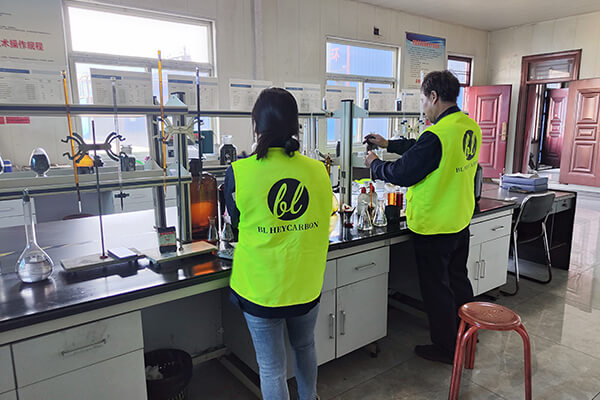
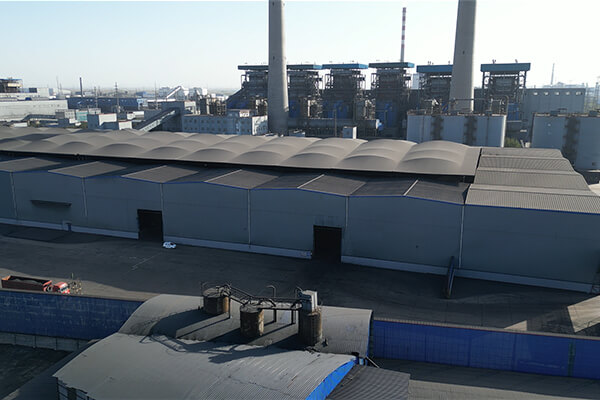
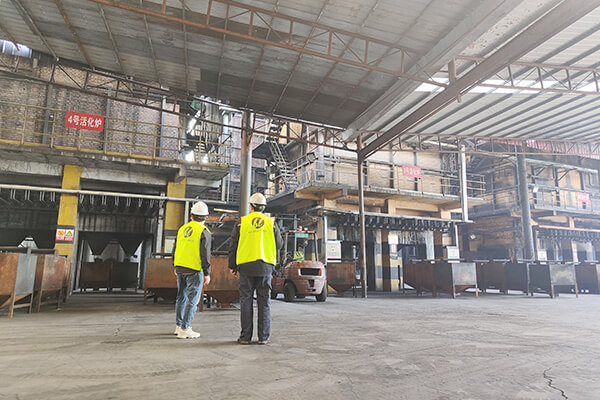

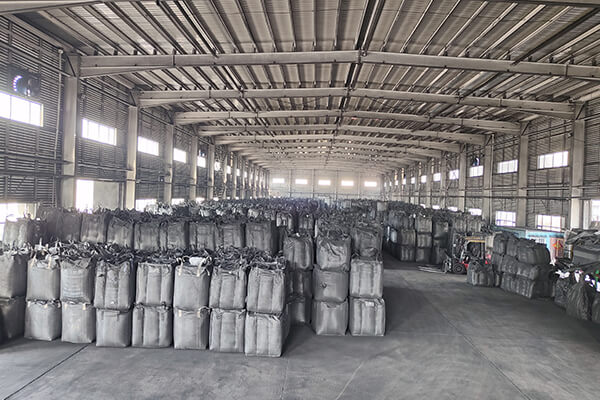
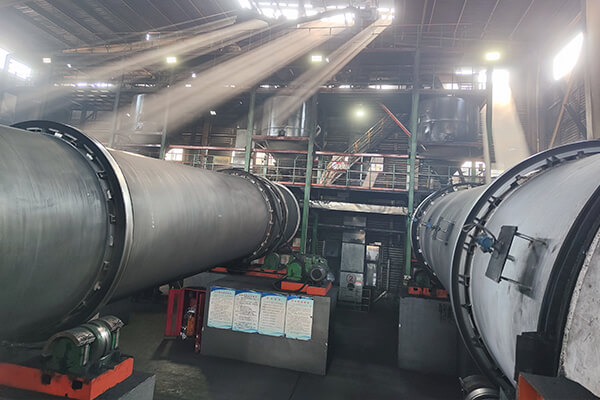



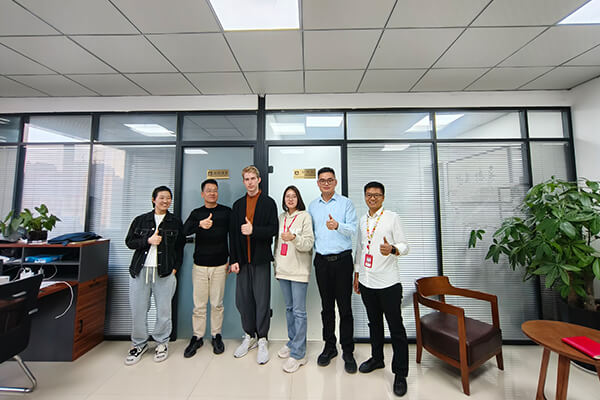

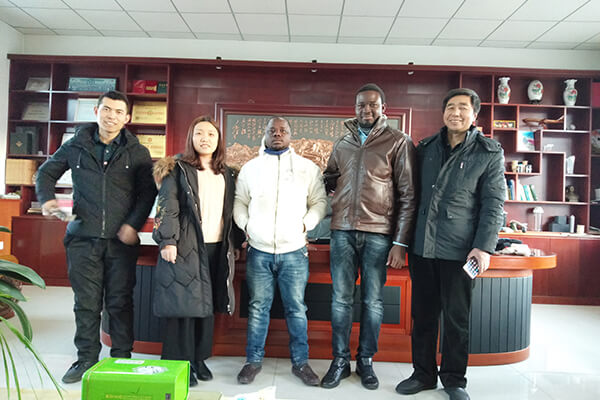
Heycarb Activated Carbon FAQs
Heycarb provides on demand activated carbon solutions worldwide, product quality and customer service are highly rated by our partners and customers.
- Testing of selected raw materials
- Comprehensive display and monitoring of production temperature and time
- Sampling inspection of finished products
- Support any form of third-party testing , such as SGS
1. T/T Deposiit + Balance against copy of B/L
2. L/C
3. T/T deposit + L/C for balance
1. If necessary, the technician can go to the site to guide .
2. Order goods are consistent with the sample and TDS
3. Any quality problems occur, the seller will provide solutions within 24 hours.
4. If the package is damaged due to the seller’s negligence, resulting in a shortage of goods,
the seller should make compensation based on mutual agreement.
For customers’ trial orders, we actually do not have a specific MOQ, any amount is acceptable.
We have to choose a cost-effective transportation method and quantity based on your specific situation.
Normally , 5-7days , also depend on quantity
Yes, we provide samples for free.
Normally 25kgs/bag , 20kgs/bag , 500kgs/bag , black bag
Support any OEM drawing design bag .
Are You Looking for Heycarbons Activated Carbon Manufacturers For Juice
Contact Heycarb for design assistance, free quote, and expert advice today.
Your inquiry will be replied within 24 working hours, and Heycarb respect your privacy.
You will get a quote in 24 hours


